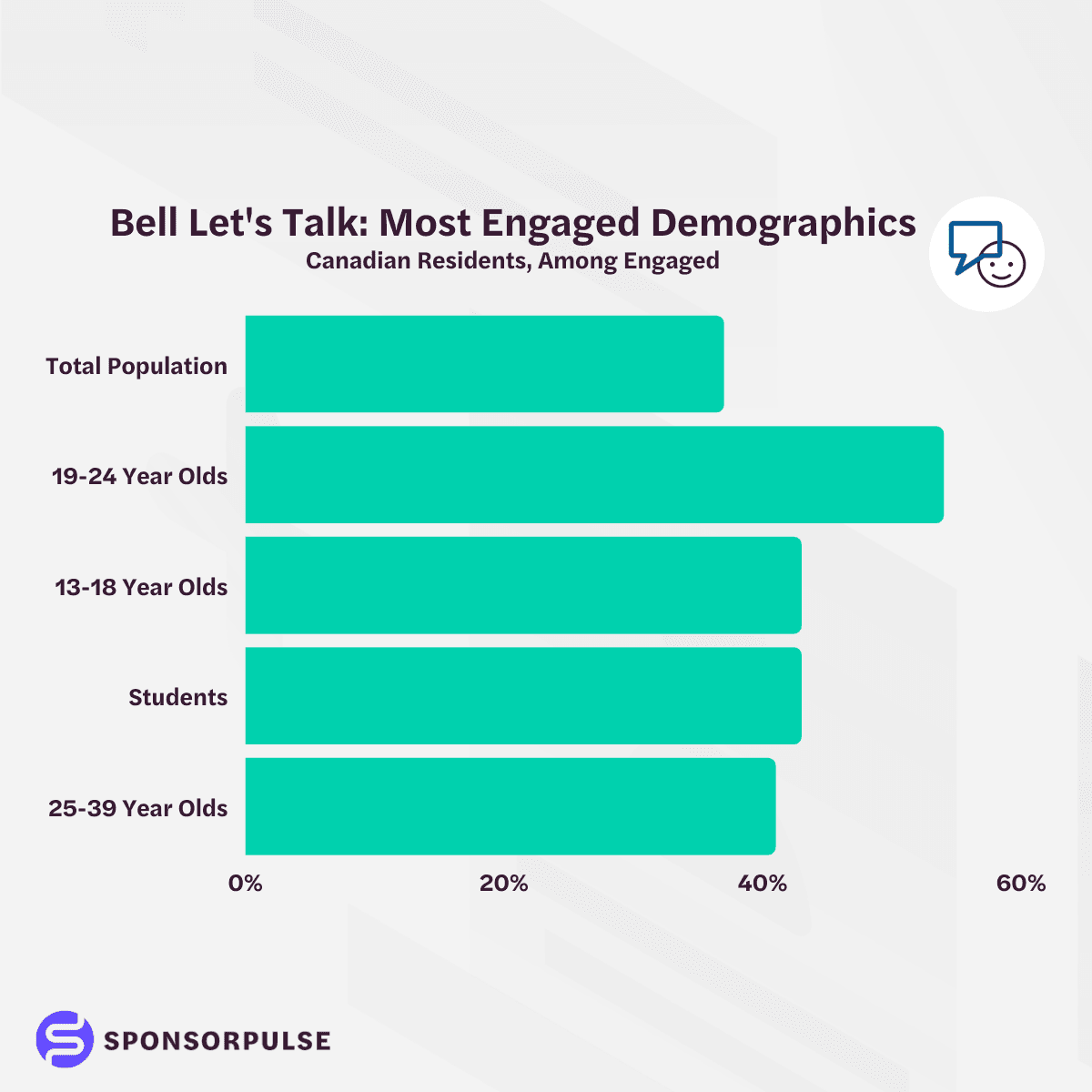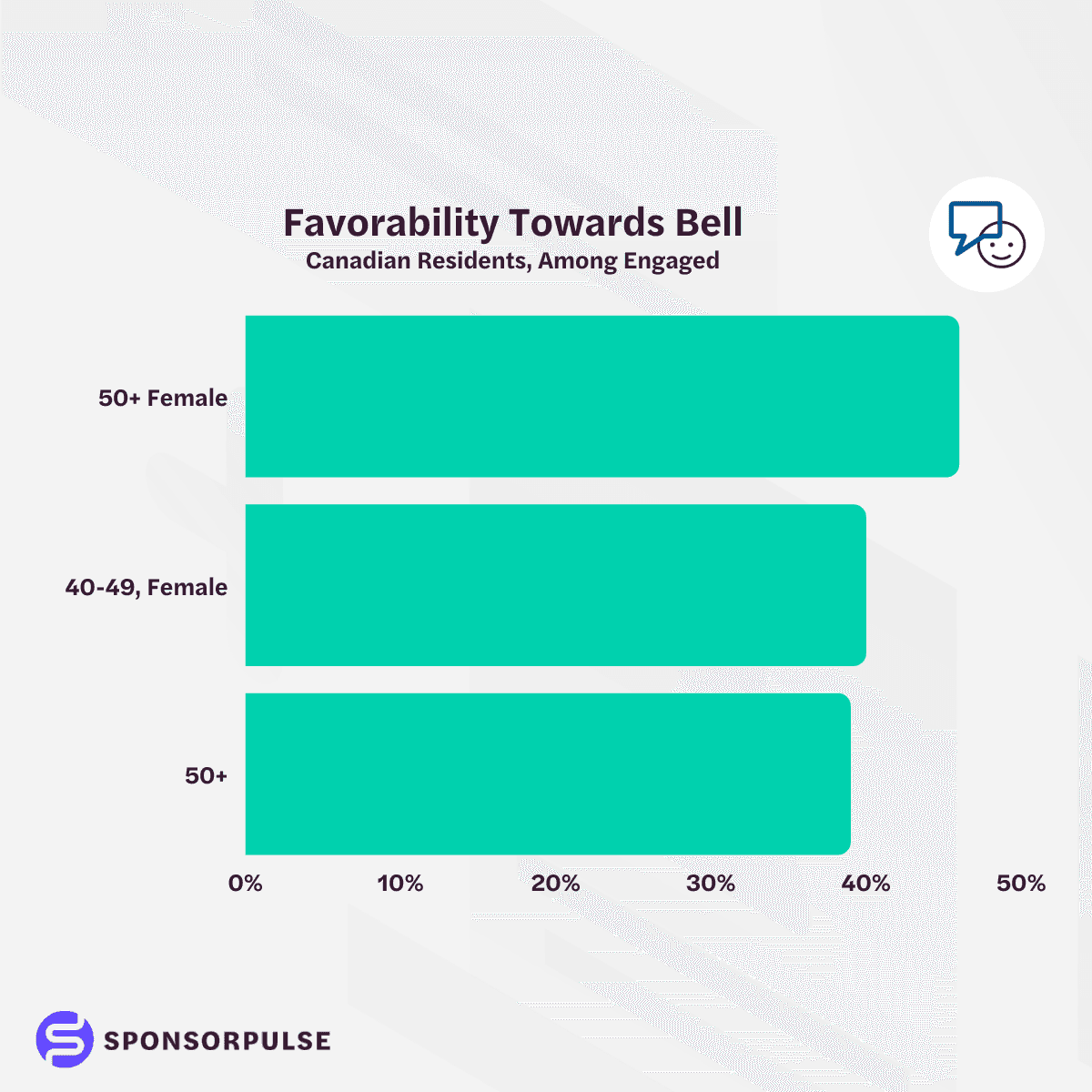Connecting with young Canadians: What brands can learn from Bell Let’s Talk

More than ever, consumers are putting their money where their values are. There is growing demand for accountability from brands on social issues including environmental impact, corporate responsibility, and racial equality.
In fact, a recent PWC Consumer Survey found that 76% of respondents agreed they would discontinue their relationship with companies that treat the environment, employees, or the communities they operate in poorly.
Consumers want to support companies that are leading social change, not just reacting to it. They are demanding more from the brands that they support, and brands are being held accountable in ways they haven’t been before.
Plenty of brands have created programs and charitable initiatives to demonstrate their corporate values. Few have been as successful as Bell Let’s Talk, which raised a record-breaking $8,214,941 this year in its 12th year.
We look at one of Canada’s most well-known corporate initiatives to better understand how Canadian’s are engaging with it and what other brands can learn.
Driving awareness for a growing cause
Since September 2010, when Bell Let’s Talk first launched, relative search interest for “mental health” as a topic has grown 40%. And with it, “Bell Let’s Talk” has been a breakout related topic.
Data source: Google Trends (https://www.google.com/trends).
Data source: Google Trends (https://www.google.com/trends).
There is no doubt when we look at the numbers that Bell Let’s Talk has played an important role in bringing conversations around mental health and well-being to the forefront. Bell identified a growing cause in Canada. Building their own program, they found a natural way to integrate their product into a larger cause that has clearly caught-on among Canadians.
Striking a chord with young Canadians
Mental health is an important topic, especially among young Canadians. According to McKinsey, Gen Z has experienced disproportionate impact as a result of the pandemic, reporting higher rates of anxiety, depression and distress, compared to any other group.
When we look at which Canadians are engaging with Bell Let’s Talk, it’s not surprising to see that digital natives represent the majority of engaged, with 56% between 19-24 years old, and 43% between 13-18 years old, relative to the 37% of Canadians engaged overall.

As the brand developed a program rooted in a universally important cause, it also developed mechanics to facilitate engagement with youth so they could actively participate in it, think text messages, using hashtags and Snapchat filters.
What we can tell you for sure is that not only are people engaging with the program, but they’re becoming more favorable toward Bell as a brand and are even more likely to purchase its products and services. No small feat for a major player in the telecommunications industry.
Interestingly, it’s not only the younger cohorts who’s attitudes and behaviors toward the Canadian telco are changing, but it’s having a significant impact on older generations.

What other brands can take away
A look at the numbers show that Bell Let’s Talk has made considerable contributions in the effort to destigmatize mental illness.
For brands considering a charitable partnership, it’s important to remember that today’s consumers care deeply about the products and companies they support, and they want to see organizations leading the way and living the values that they ascribe to.
As Bell Let’s Talk has shown, integrating your product within a growing cause to engage passionate consumers can have tremendous impact.
We’ll leave you with this, a quick look at the most important causes in the United States right now among people 13-24 highlights mental health support and anti-bullying as two of the top causes. This program provides a blueprint for someone to breakthrough, contribute meaningfully to the community and benefit from doing so.
Want to learn which causes are driving engagement among your key audience segments? Sign-up for a free trial and find out.


